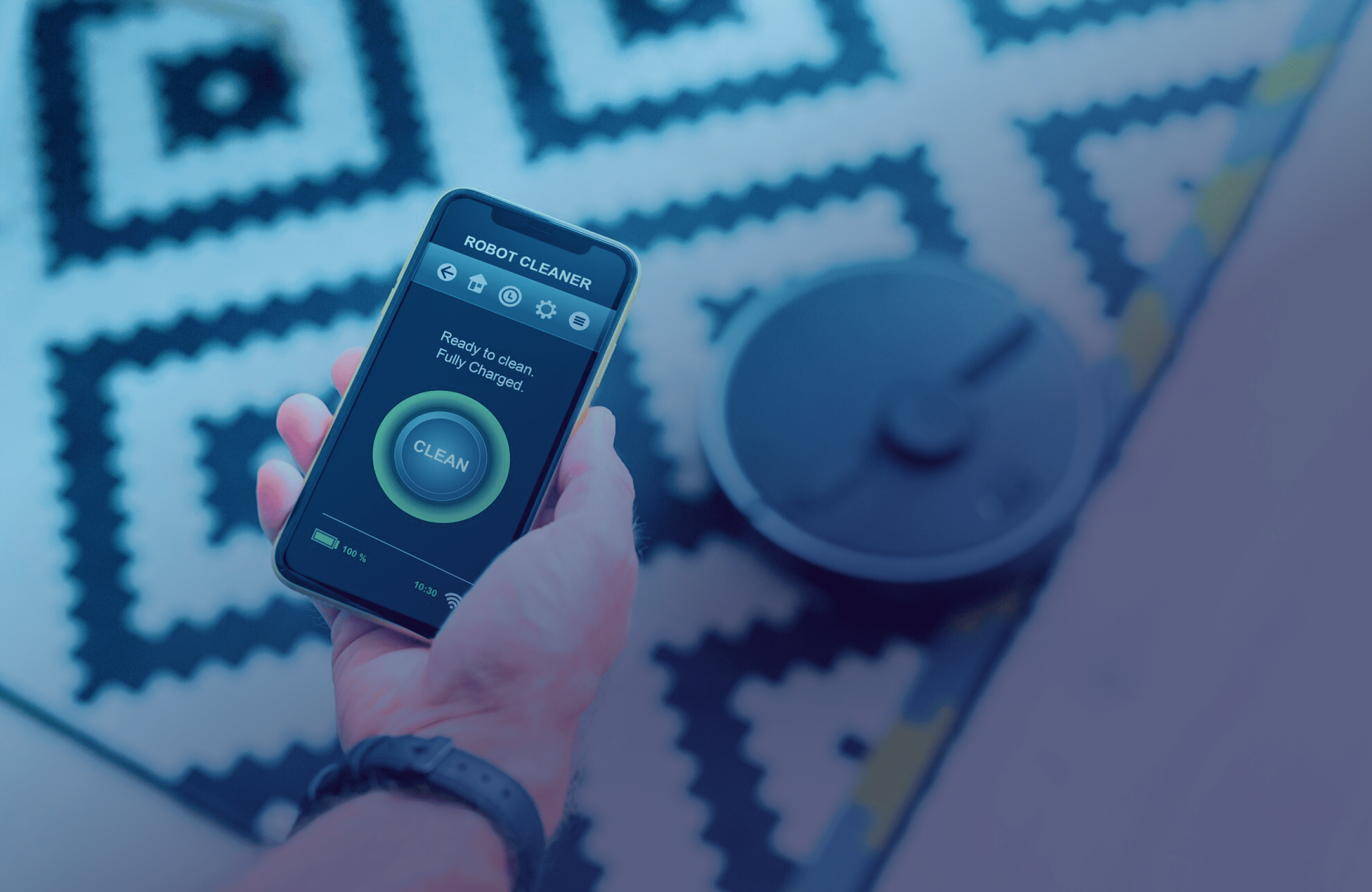Our client, a leading IoT device manufacturer, found themselves in a unique predicament. Despite the pressing need to modernize their existing BLE Board (STM32) for controlling and monitoring crucial parameters like temperature, humidity and smoke in IoT devices, they encountered significant obstacles. The primary challenge stemmed from the glaring absence of proper documentation and design files pertaining to the original BLE board. This lack of documentation not only hindered progress but also discouraged potential service providers from undertaking the project.
The absence of documentation posed a critical roadblock, as it prevented a comprehensive understanding of the board's functionality and behavior. Without clear insights into the inner workings of the existing STM32-based board, the client risked compromising the integrity and effectiveness of the redesign. Furthermore, the urgency of the project demanded swift action, yet the prevailing uncertainty surrounding the board's specifications and intricacies deterred prospective partners from committing to the task.
In essence, the lack of documentation and design files presented a formidable challenge, hindering progress and stifling innovation. Addressing this challenge required a strategic approach, meticulous testing and a steadfast commitment to reverse engineering the existing board to ensure a seamless transition to the redesigned version.



